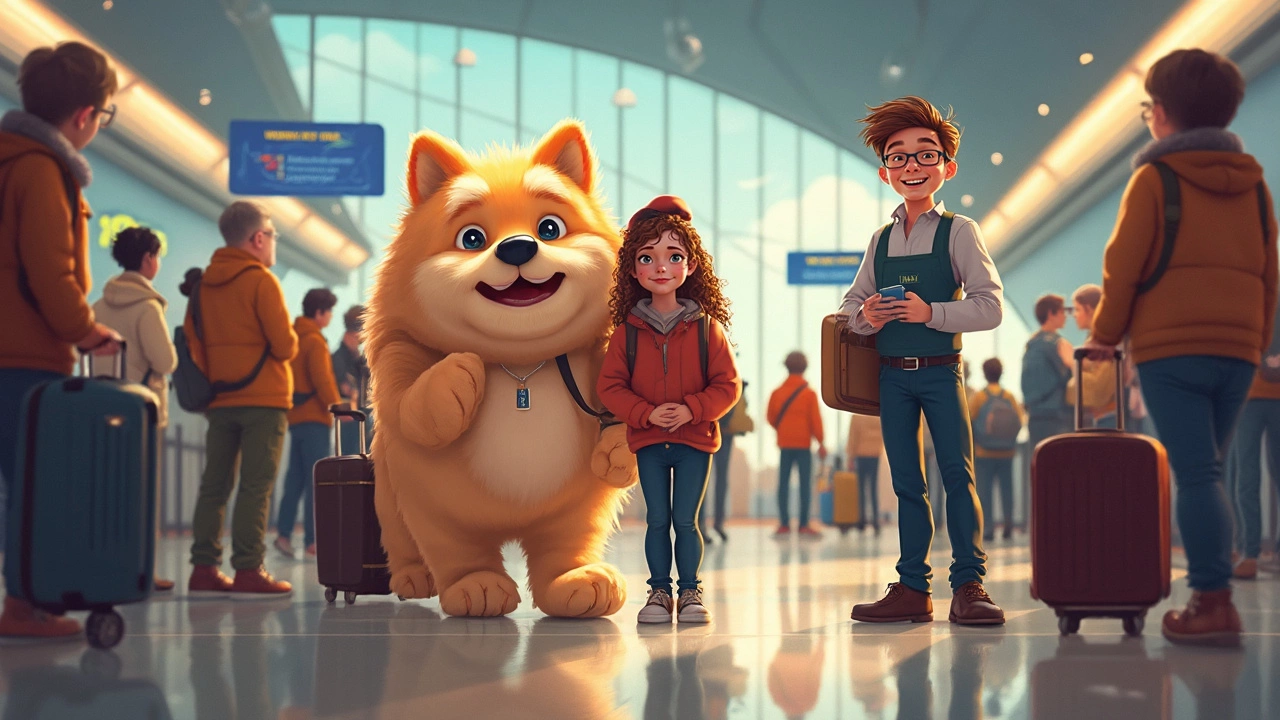Large Dogs – Practical Tips for Big Breeds
If you’ve got a big pup, you know they’re a handful and a joy at the same time. From pulling on the leash to needing a sturdy crate, large dogs have special needs that are easy to manage once you know the basics. Below you’ll find straight‑forward advice on training, gear, travel, and health that works for most big breeds.
First thing: a good collar or harness makes a world of difference. Vets often suggest a well‑fitted harness for strong pullers because it protects the neck and gives you better control. If you prefer a collar, make sure it’s breakaway and not too tight – the “Should You Take Your Dog’s Collar Off at Home?” guide explains how to check the fit safely.
Training a large dog isn’t magic; it’s consistency. Use clear commands, short sessions, and plenty of praise. The post “Are Training Collars Good for Dogs?” shows that positive reinforcement beats shock collars, especially with powerful dogs that can accidentally hurt themselves if they pull too hard.
Training and Behavior for Large Dogs
Big breeds love a job. Teach them to fetch, heel, or even basic obedience drills. A well‑exercised dog is less likely to jump on guests or bark nonstop. If barking becomes an issue, check out the “How to Stop Dogs from Barking” article for practical, humane methods that keep the peace without ruining the bond.
When you’re out walking, consider using both a collar and a harness if your dog tends to slip out of one. The “Should My Dog Wear a Collar and Harness Together?” post explains the pros and cons, and most owners find the combo adds extra safety on busy streets.
Travel, Gear, and Health Essentials
Traveling with a 50‑pound dog? Many airlines only allow dogs under a certain weight in the cabin. The “Can My 50 Pound Dog Fly In Cabin With Me?” guide breaks down airline policies and offers tips for booking a cargo space if needed. Always bring a sturdy crate; covering it at night (see “Should I Cover My Puppy’s Crate at Night?”) can help your big dog feel secure.
Before a trip, a quick health check is a must. Large dogs are prone to joint issues, so keep up with supplements like fish oil or salmon oil (read “Fish Oil vs Salmon Oil: Which Supplement Is Better for Your Dog?”) to support healthy joints. Regular vet visits and a balanced diet keep them fit for long walks and hikes.
Grooming a big dog can be a workout, but it’s worth it. Bathing before a groom (see “Should You Bathe Your Dog Before Grooming?”) makes the process smoother and reduces matting. Use a sturdy brush, and check the coat for ticks after outdoor adventures.
Finally, remember that big dogs need space to move. A roomy dog bed (see “Dog Bed Design: What Should a Dog Bed Look Like?”) gives them a comfortable spot to rest after a day of activity. Choose a bed that supports their size and joint health, and you’ll see them sleep soundly.
By following these simple tips, you’ll keep your large dog happy, healthy, and well‑behaved. Dive into the linked posts for deeper details, and enjoy the unique companionship that only a big, loyal dog can offer.
- Morgan Ainsworth
- 0 Comments
Flying with Fido: Finding the Largest Dog That Can Ride in the Cabin
Traveling with your furry friend can be daunting—especially when your buddy's on the larger side. Understanding airline policies and weight limits is crucial for a smooth journey with a big pooch. This guide dives into the maximum size limits for dogs flying in a cabin, along with interesting facts and practical tips to make your next pet trip less stressful.
View More
